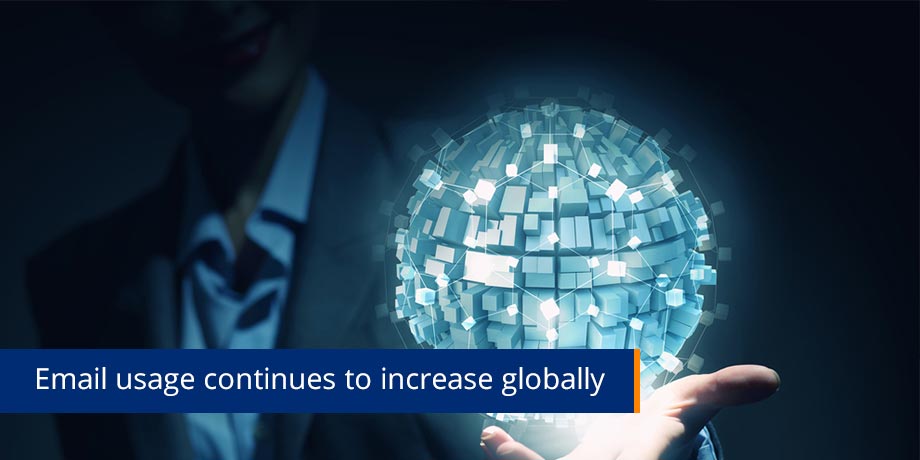
The email medium is far from being a dying medium of communication, especially when one speaks of electronic bills, statements and other customer notifications as is argued in this month’s edition of eBilling Insight.
Email usage continues to increase globally. Although growth rates vary from region to region, this increase goes hand in hand with the increased use of social networking sites such as Facebook, Twitter and LinkedIn. Nielsen published a study which found that consumers of social media were also the highest consumers of email (see the industry trends banner which clearly illustrates this point). In the United States, email usage grew by 21% in 2009 and social media by 31% during the same period.
Billing portals continue to deliver poor ROI
“It would seem logical that people would also visit more web portals if they continue to increase their time spent on social networking sites,” says the head of eBilling at Striata.
Web portals can provide a customer with a wealth of information that enables online analysis of billing, payment, historical information such as previous month’s bills and self service options. The fundamental problem with accessing this kind of information online is the initial registration process required, along with the need to enter a username and password each time you visit the portal. One or two portals seem manageable, but once you translate all of your monthly bills to portals you end up with a large amount of URL’s, usernames, passwords and navigations on each site to wade through – not to mention remembering to view these bills each month. This is one of the compelling reasons why companies do not achieve a ROI when trying to convert paper based customers to portal registrants.
Email delivery drives faster payment
How can this process be simplified, yet still provide value for the customer and how can the supplier drive faster payments and improve cash flow?
It is important to remember that people are inherently lazy and tend to react better to information that is pushed to them. Emailing an interactive eBill attachment to a customer and enabling them to view, sort, analyze, query and submit payment from within this secure email attachment is first prize. All required action can be performed from within the bill, thereby retaining the customers attention and making the call to action i.e. payment, available in one click.
Supporters of portal billing argue that the majority of email sent to inboxes is spam yet they email bill notifications to their users. Recently Symantec released statistics indicating that 92% of email is spam. However spam filters are catching 90% of this leaving very little in the inbox. As inboxes become more intelligent, as in the case of Gmail’s priority inbox, spam email communications are now being pushed to the bottom of the queue. Furthermore, ISP’s are continually improving their criteria regulating what mail is allowed to land in the consumer’s inbox, before the inbox even starts it’s intelligent (algorithm driven) work.
“Sending bulk communications like eBills from supplier to customer is not a simple job, there is much to be considered regarding deliverability and authentication. Striata has the necessary specialists and technology to cater for these requirements. We believe that every message counts and are able to boast high delivery rates that ensure our client’s emails penetrate their customer’s inbox.”
Increase your email reach through social media
Interactivity on marketing communications has continued to increase with the introduction of social media sharing options on these emails. GetResponse’s E-mail marketing and social media integration report suggests that this is a worthwhile tactic for increasing email reach. The study of 500 million emails showed that including three or more social sharing icons increased average click-through rates from 7.2 per cent to 11.2 per cent.
Even with alleged high spam rates many well known brands across industries such as banking and finance, telecommunications, utilities and insurance continue to send email communications, in the form of marketing and statements, to their customers. This is an obvious translation that email is still being read and continues to provide a valuable channel of communication to the customer and this is unlikely to change in the near future as they continue to enjoy the interactivity available on these communications.
Is your billing portal delivering poor ROI? Read more about how complementary online billing solutions result in the highest user adoption.



